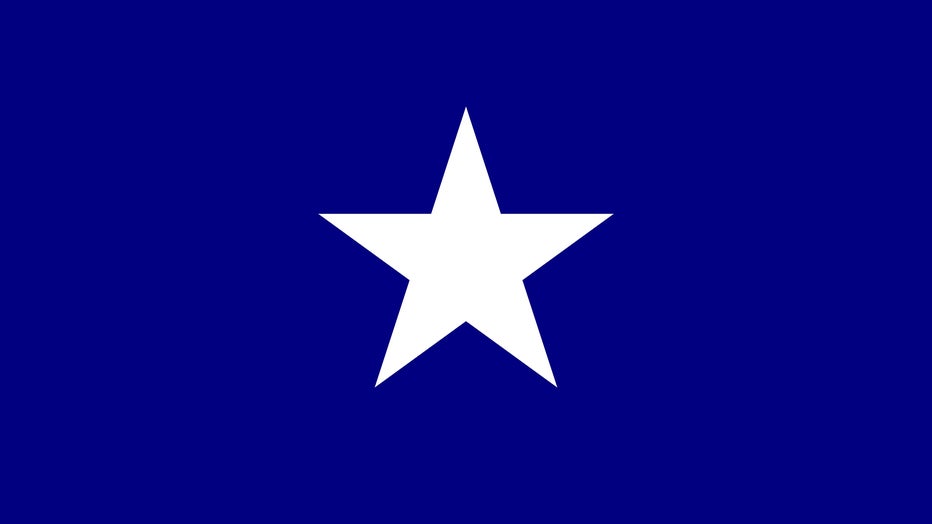The Confederate flags explained: How SC incident casts light on history
ATLANTA - James Blitch, a 22-year-old Atlanta man, is accused of driving more than three hours to Spartanburg County, South Carolina, just to lower the Confederate flag that flies over Interstate 85 south.
According to the Spartanburg County Sheriff’s Office, Blitch’s Saturday night activities have led to trespassing charges. The property belongs to the Spartanburg chapter of the Sons of Confederate Veterans.
The incident has once again confused many over the history of the Confederacy and its many flags.
Confederate States of America
The Confederate States of America was formed on Feb. 8, 1861, by South Carolina, Mississippi, Florida, Alabama, Georgia, Louisiana, and Texas, following the election of President Abraham Lincoln. The state seceded in two waves with Virginia, Arkansas, Tennessee, and North Carolina following.
The new government adopted its own constitution, motto, and flag. That flag would change multiple times during the 1,551 days it existed.
The Bonnie Blue

The Bonnie Blue
YouTube researcher CGP Grey has posted several videos on the history and aesthetics of flags across the country and the world. He posted a video which takes a deep dive into the history of the flags of the Confederacy.
The first unofficial flag of the Confederacy was called the Bonnie Blue. It was a single star on a field of blue.
The flag was adapted from the Republic of West Florida, a country located mostly in southern Mississippi, which only lasted for 78 days. The Magnolia State would adopt the flag as its own during that time, and it would be used as an unofficial flag of the Confederacy.
The Stars and Bars
Four months later, the Civil War began when the South Carolina militia attacked Fort Sumter on April 12, 1861.
The newly formed government would soon launch a flag design committee to create a new flag.
The winning design was submitted by a German-Prussian artist living in Alabama. It featured red bars on the top and bottom, and a white bar in the center. The top left corner features a blue field with a star for each state belonging to the Confederacy.
The design is similar to the current Georgia flag, except the field of stars is replaced by the Great Seal of Georgia. Prior to its adoption on May 8, 2003, the "Stars and Bars" section actually featured a prominent element from the next set of flags.
Confederate Battle flag and Confederate Naval Jack
Concerned over friendly fire due to the similarities in the Union and Confederate flags, the Confederacy's military took a rejected flag idea and began to use it in battle. The Confederate Battle flag is a square featuring two bars crossed in an X at the center with stars along with a white border set over a red background.

This would colloquially be known as the "rebel flag."
The Confederate Navy would also adopt a similar flag, but with a brighter blue.
The Stainless Banner and The Blood-Stained Banner
In 1863, the Confederacy would adopt the square battle flag, positioning it in the upper left corner atop a rectangular field of white. This would become known as The Stainless Banner.
Two years later, the Confederacy’s final flag would see a red vertical bar added to the right side, giving it the nickname The Blood-Stained Banner.
It would be just 36 days later that the South would surrender.
RELATED: Atlanta man drives to South Carolina to lower Confederate flag on interstate, deputies say
The flag flying over I-85, for which Blitch is accused of trespassing to lower, would be the Confederate Battle flag. He has since been released from jail.

